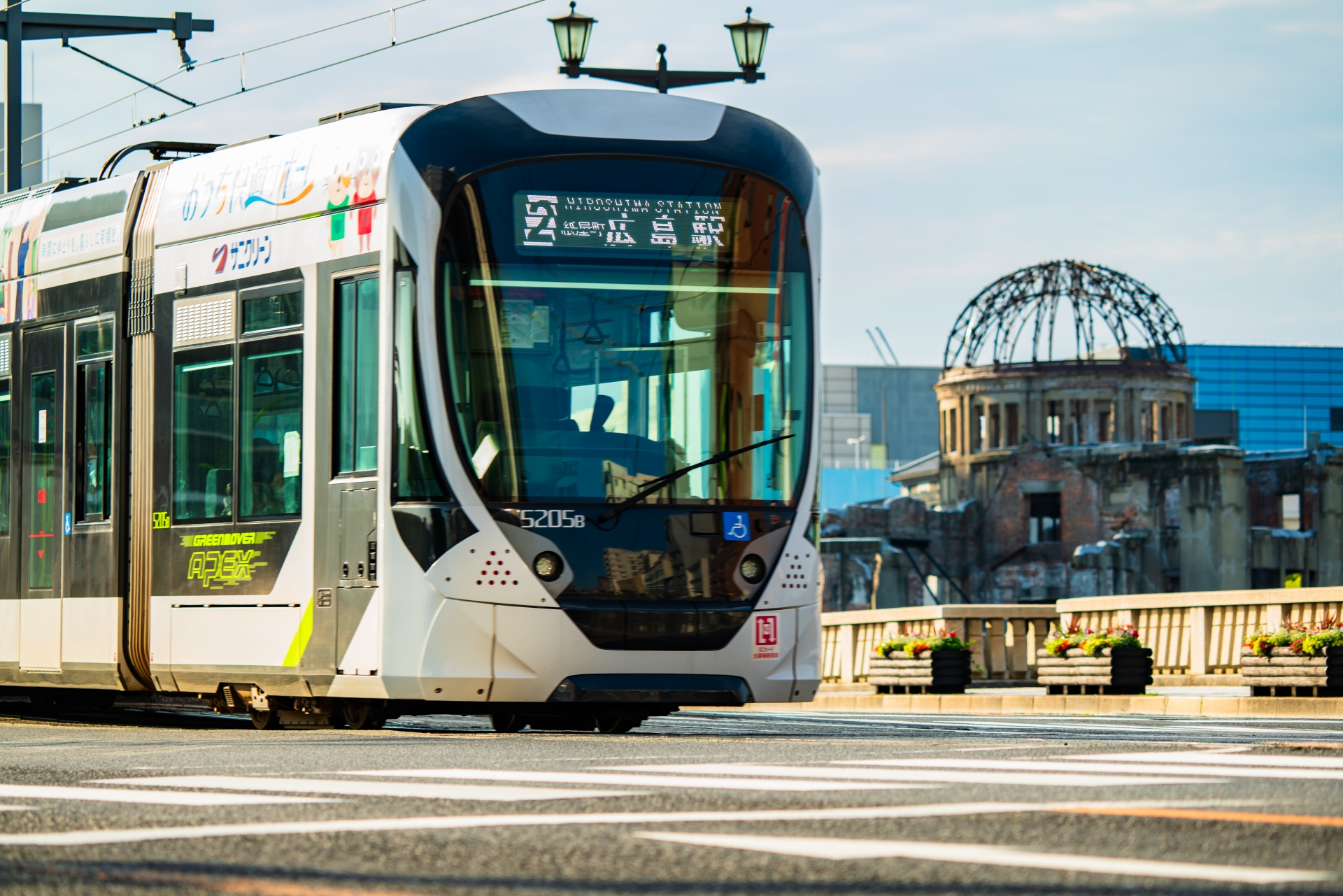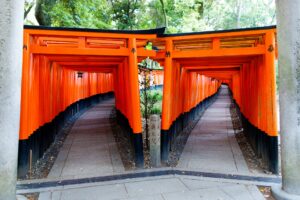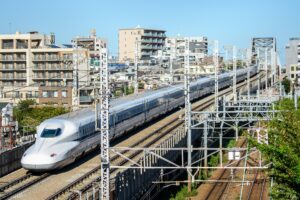Hiroshima is not only a city known for its tragic role in history but also a symbol of resilience and peace. From the devastation caused by the atomic bomb in World War II to its remarkable recovery and influence on global peace movements, Hiroshima’s story continues to resonate worldwide. This article explores Hiroshima’s historical significance, its recovery, and its ongoing role in promoting peace.
The History of Hiroshima and the Atomic Bombing
Hiroshima’s significance stretches back centuries as a cultural and industrial hub, but it is best known for the tragic event of August 6, 1945, when it became the first city in the world to experience an atomic bombing. This attack by the United States during the final stages of World War II had devastating consequences, killing tens of thousands instantly and leaving long-lasting effects on the city’s population and infrastructure.
Why Hiroshima Was Chosen as a Target
Hiroshima was chosen as a target for the atomic bomb for several strategic reasons. Its industrial and military importance, combined with its location, made it an ideal site to demonstrate the devastating power of the new weapon. Hiroshima had not been heavily bombed prior to August 6, which meant that the full effects of the atomic bomb could be observed.
The Immediate Impact of the Bombing
The bombing caused unprecedented destruction. The explosion flattened nearly everything within a two-kilometer radius, and the intense heat led to fires that engulfed much of the city. It is estimated that between 70,000 and 80,000 people died instantly, with many more suffering from radiation sickness, burns, and other injuries. Long-term effects such as cancer and birth defects affected survivors for decades.
Hiroshima’s Recovery and Rebuilding
The road to recovery for Hiroshima was long and difficult. After the immediate devastation, the city had to rebuild itself both physically and socially. Despite the challenges, Hiroshima’s recovery stands as a testament to human resilience, aided by both national and international efforts.
Reconstruction Efforts and Challenges
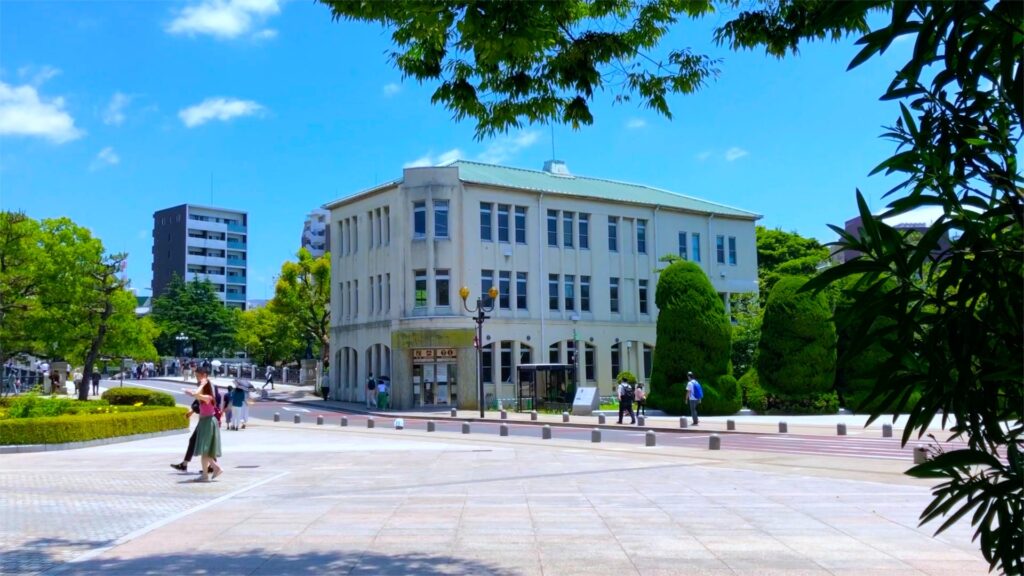
Reconstruction of Hiroshima officially began in 1949 with the Hiroshima Peace Memorial City Construction Law. The city was rebuilt with modern urban planning principles, and international aid played a crucial role in funding the recovery. Despite the significant challenges, including health concerns related to radiation and the economic struggles of post-war Japan, Hiroshima emerged as a thriving city within decades.
Hiroshima as a Symbol of Resilience
Hiroshima’s story of recovery has transformed it into a global symbol of resilience. The city not only rebuilt but also positioned itself as a leader in global peace efforts. Hiroshima’s recovery from near-total destruction has inspired countless peace movements around the world.
The Hiroshima Peace Memorial and Museum
Hiroshima has preserved the memory of the bombing through its many memorials and museums. Chief among these is the Hiroshima Peace Memorial, also known as the Genbaku Dome, and the Hiroshima Peace Memorial Museum, which both serve as powerful reminders of the horrors of nuclear warfare and as symbols of the city’s commitment to peace.
The Hiroshima Peace Memorial (Genbaku Dome)
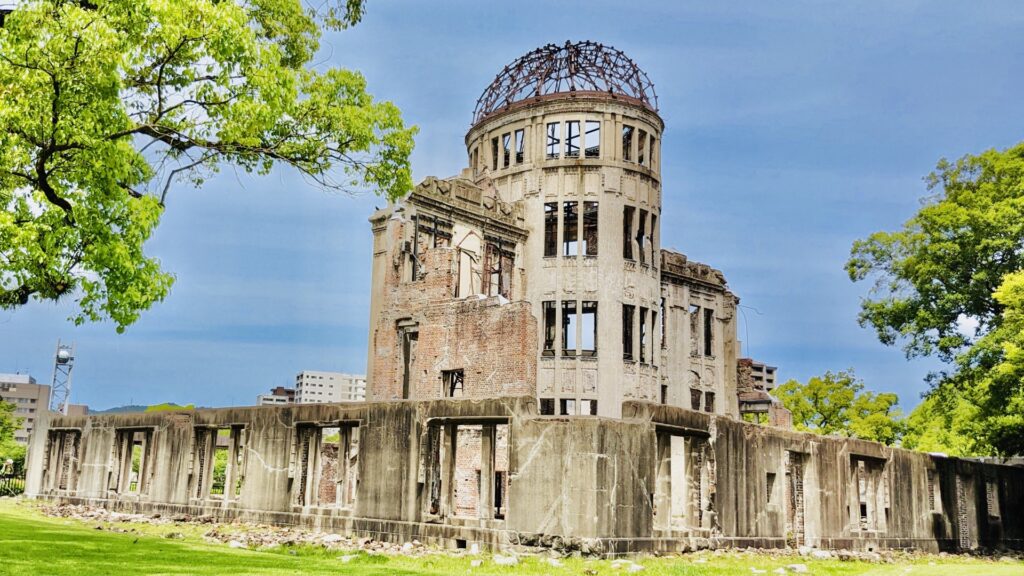
The Genbaku Dome is one of the few structures that remained standing near the hypocenter of the atomic blast. It has been preserved in its original state to remind future generations of the devastation caused by nuclear weapons. In 1996, it was designated a UNESCO World Heritage Site.
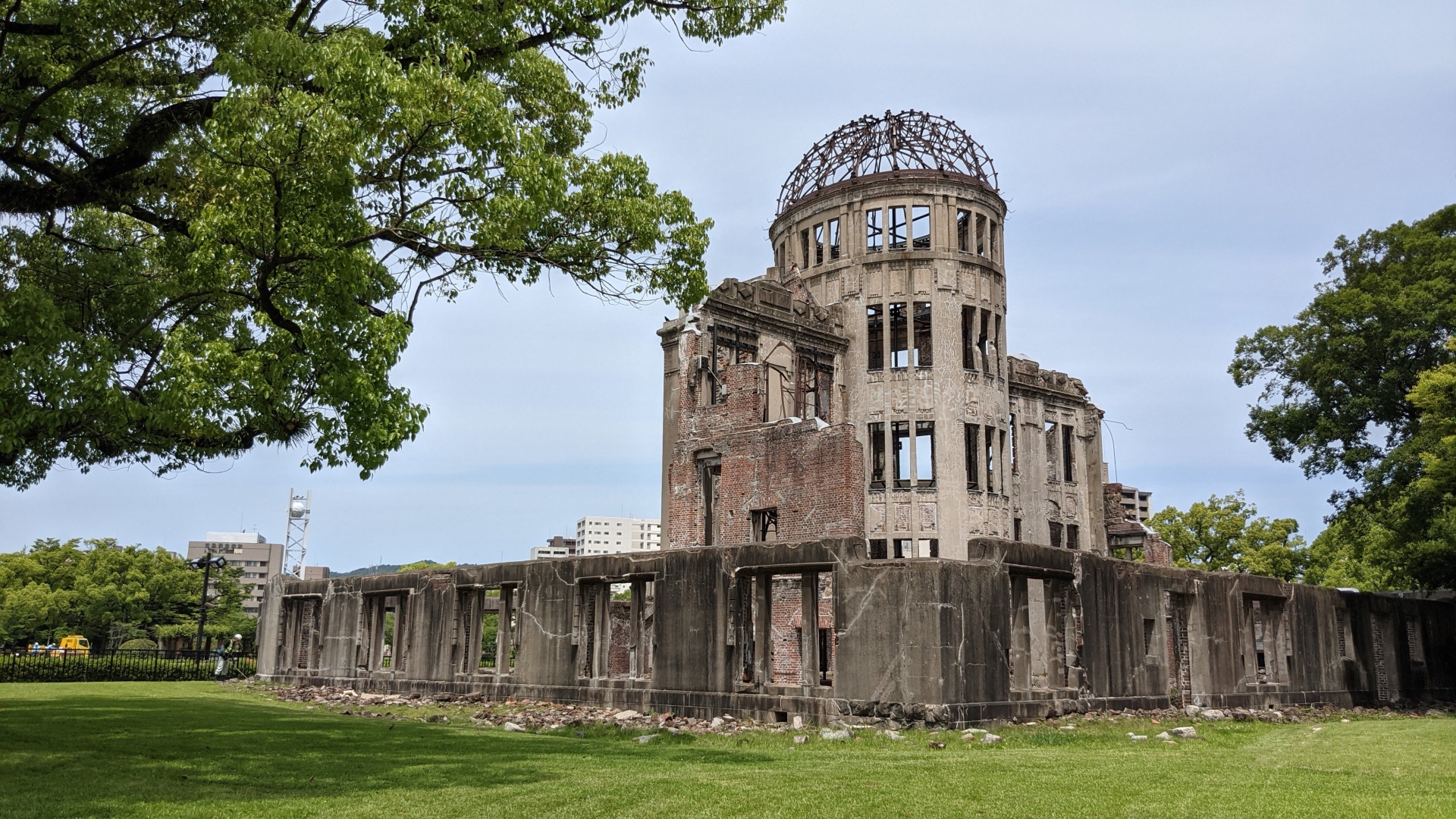
Key Exhibitions at the Hiroshima Peace Museum
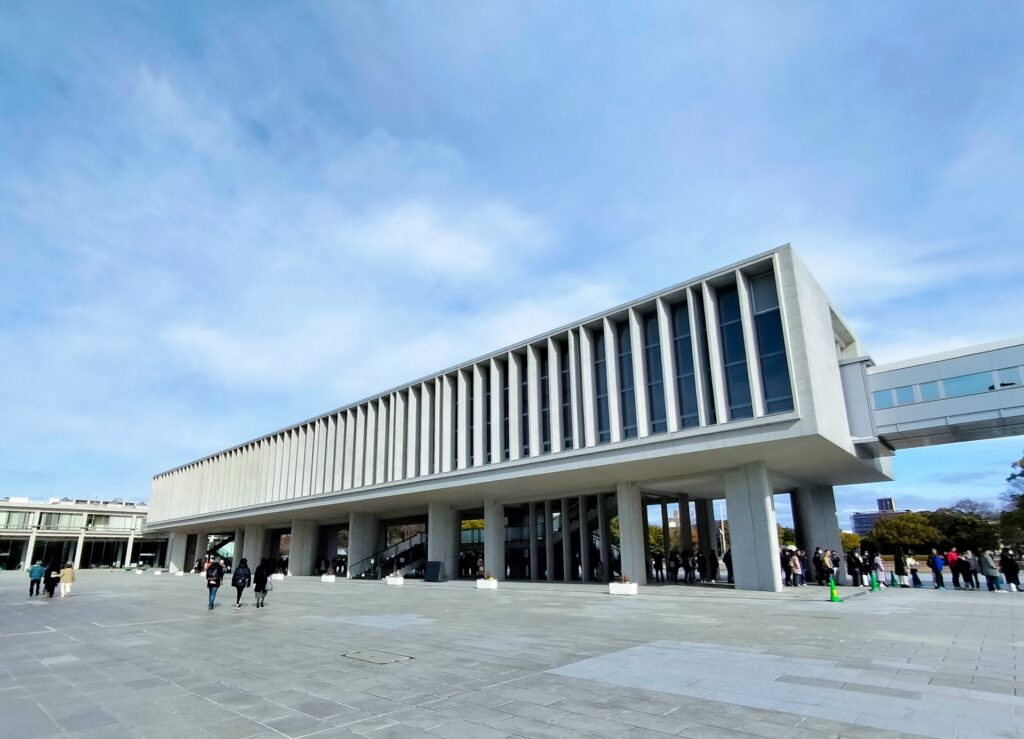
The Hiroshima Peace Memorial Museum houses many artifacts from the bombing, including personal belongings of victims, photographs, and accounts from survivors. These exhibitions serve as both educational tools and emotional tributes to those who suffered during and after the bombing.
Hiroshima’s Role in Global Peace Movements
Hiroshima’s legacy as a city that experienced the first use of an atomic bomb has positioned it at the forefront of global peace and anti-nuclear movements. Through international peace conferences and events, Hiroshima has continued to influence global discussions on nuclear disarmament and peacebuilding.
International Peace Conferences and Events
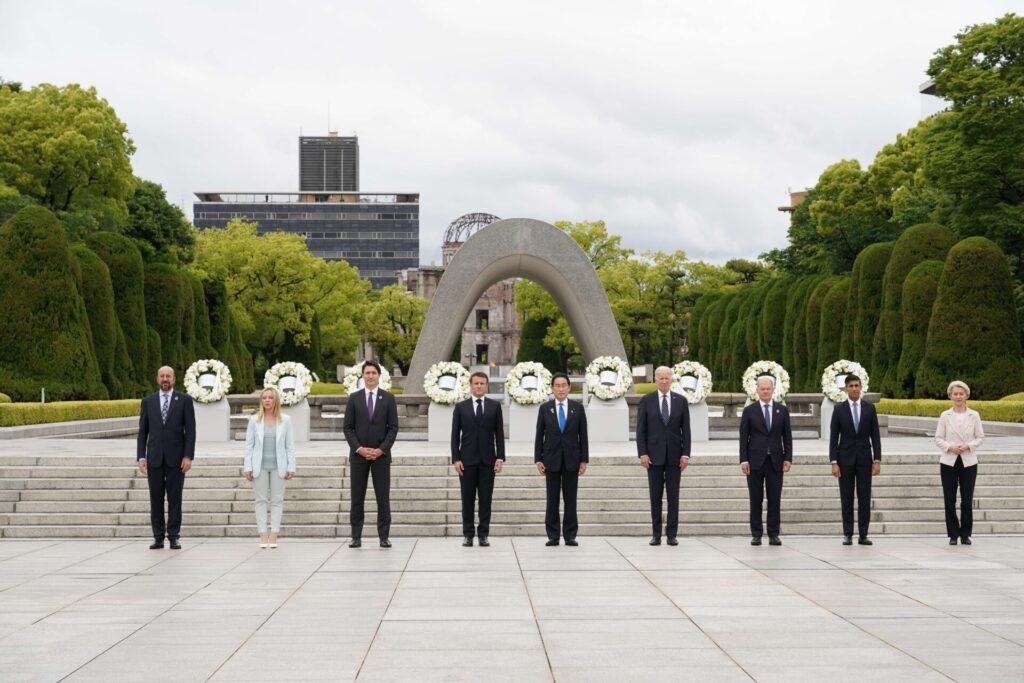
Hiroshima has hosted numerous international peace conferences aimed at nuclear disarmament and promoting peace. These events bring together leaders, activists, and academics from around the world to discuss the ongoing threat of nuclear weapons and to work towards a world free of such arms.
Hiroshima as a Symbol in the Anti-Nuclear Movement
Since the bombing, Hiroshima has become a powerful symbol in the global fight against nuclear weapons. Many anti-nuclear movements and campaigns cite Hiroshima as a reminder of the catastrophic consequences of nuclear warfare, pushing for treaties like the Treaty on the Prohibition of Nuclear Weapons.
The Hibakusha: Voices of Survival
The Hibakusha, survivors of the atomic bomb, have played a pivotal role in advocating for peace and raising awareness about the dangers of nuclear weapons. Their personal stories are powerful testaments to the human cost of nuclear warfare.
Personal Accounts of Hibakusha
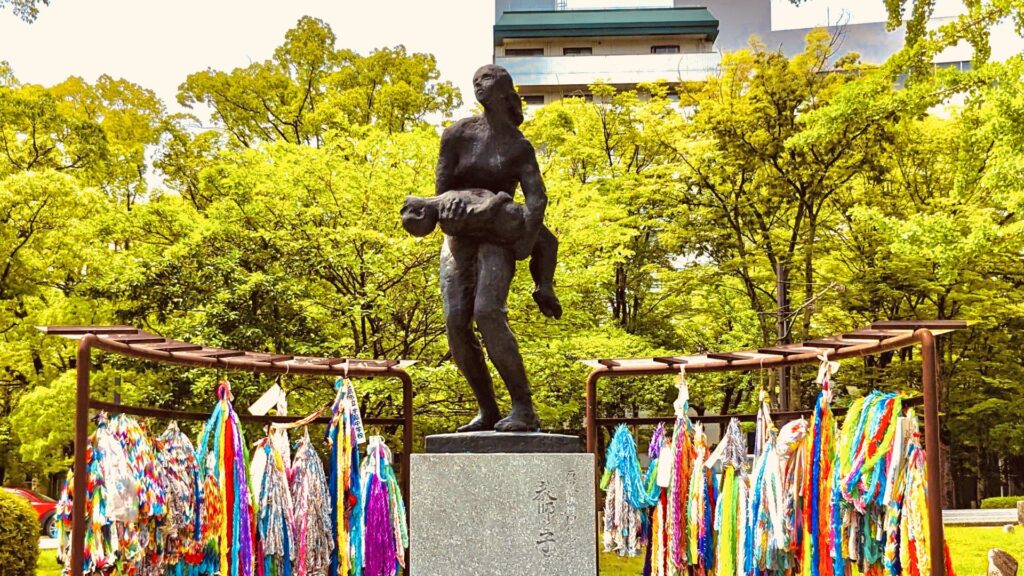
Many Hibakusha have shared their personal experiences of the bombing and its aftermath, offering insight into the physical and emotional toll the event took on survivors. Their testimonies have been central to Hiroshima’s peace advocacy efforts.
The Hibakusha’s Influence on Peace Movements
The Hibakusha have not only shared their stories but have also been actively involved in peace movements around the world. Their advocacy has significantly shaped public opinion and policy regarding nuclear weapons.
Hiroshima Today: A Modern City of Resilience
Hiroshima today stands as a thriving city, with a bustling economy and a rich cultural heritage. The city has successfully blended its tragic history with its modern aspirations, becoming a beacon of peace and resilience.
Economic and Cultural Revival
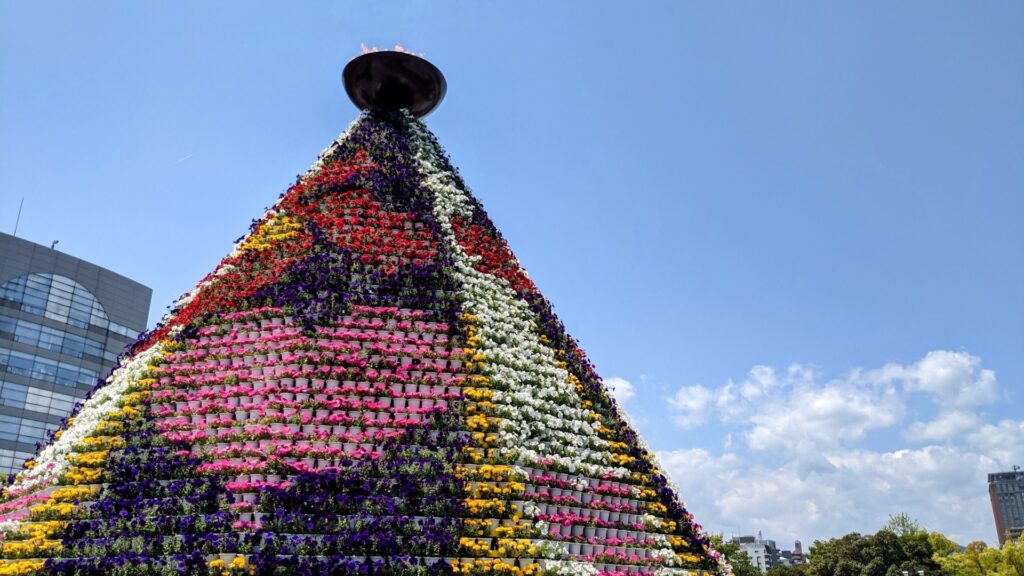
Hiroshima’s economy has flourished in the decades following the war. The city is now home to numerous industries, including automotive and shipbuilding sectors. Culturally, Hiroshima has also revived, hosting events like the annual Hiroshima Flower Festival, celebrating peace and renewal.
Hiroshima’s Global Peace Leadership
Hiroshima continues to lead in global peace initiatives, with its peace education programs and international collaborations. The city is actively involved in promoting peace and disarmament worldwide.
Hiroshima’s Role in Japan-U.S. Relations
The atomic bombing of Hiroshima had a profound impact on post-war Japan-U.S. relations. The city has since become a site of reconciliation, with key diplomatic visits marking a new era of cooperation and understanding between the two nations.
Key Diplomatic Visits and Reconciliations
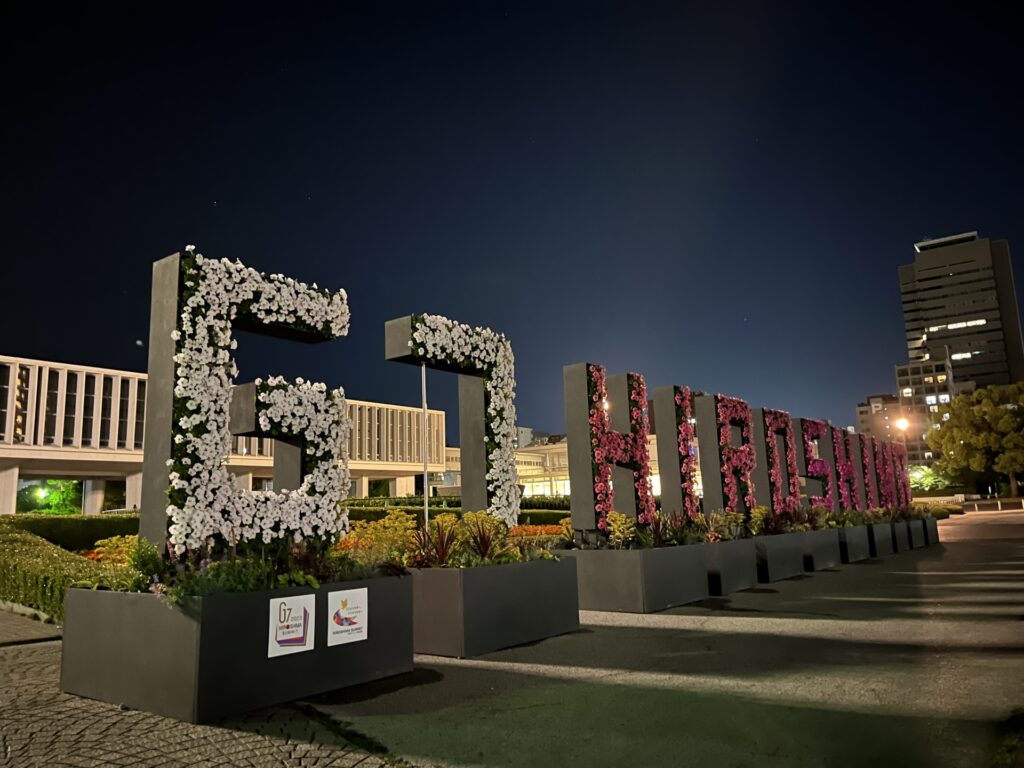
One of the most notable diplomatic gestures was President Barack Obama’s visit to Hiroshima in 2016, marking the first time a sitting U.S. president visited the site of the bombing. This visit symbolized a significant moment of reconciliation between Japan and the United States.
Hiroshima’s Role in Shaping Post-War Japan-U.S. Relations
The bombing of Hiroshima not only affected Japan’s domestic policies but also played a crucial role in shaping Japan-U.S. relations in the years following the war. Hiroshima has been central to discussions on peace treaties, military alliances, and international diplomacy.

